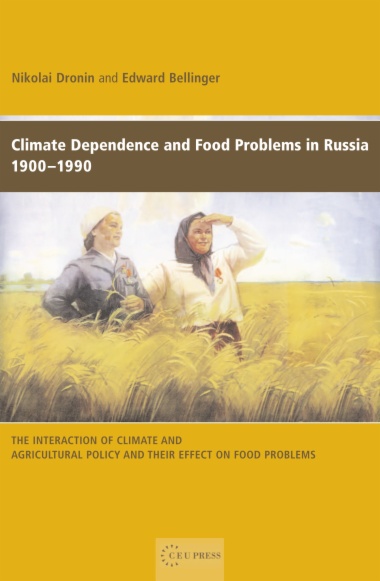Between 1900 and 1990 there were several periods of grain and other food shortages in Russia and the former Soviet Union, some of which reached disaster proportions resulting in mass famine and death on an unprecedented scale. New stocks of information not previously accessible as well as traditional official and other sources have been used to explore the extent to which policy and vagaries in climate conspired to affect agricultural yields. Were the leaders' (Stalin, Krushchev, Brezhnev and Gorbachev) policies sound in theory but failed in practice because of unpredictable weather? How did the Soviet peasants react to these changes? What impact did Soviet agriculture have on the overall economy of the country? These are all questions that are taken into account. The book is arranged in chapters representing different time periods. In each the policy of the central government is discussed followed by the climate vagaries during that period. Crop yields are then analyzed in the light of policy and climate.
- Cover
- Title page
- Copyright page
- Table of Contents
- List of Figures
- List of Tables
- Preface
- CHAPTER 1. Introduction: climate and agriculture in Russia
- 1.1. Analyzing the direct impact of weather anomalies on the size of the harvest
- 1.2. Evaluating the scale of crop failure
- 1.3. Linking crop failure and food availability in the country
- CHAPTER 2.The availability and reliability of statistical agricultural data for Russia
- 2.1. The pre-revolutionary period (before 1916)
- 2.2. The post-revolutionary decade (1917–1928)
- 2.3. The Stalin era (1929–1953)
- 2.4. The post-Stalin period (after 1953)
- 2.5. Summary
- CHAPTER 3. The pre-revolutionary period (1900–1916)
- 3.1. Major developments in agriculture
- 3.2.Weather variations and agricultural production
- 3.3. Food problems
- 3.4. Summary
- CHAPTER 4. The post-revolutionary period (1917–1928)
- 4.1. Major developments in agriculture
- 4.2.Weather variations and agricultural production
- 4.3. Food problems
- 4.4. Summary
- CHAPTER 5. The collectivization of Soviet agriculture (1929–1940)
- 5.1. Major developments in agriculture
- 5.2.Weather variations and agricultural production
- 5.3. Food problems
- 5.4. Summary
- CHAPTER 6. The post-war recovery period (1945–1954)
- 6.1. Major developments in agriculture
- 6.2.Weather variations and agricultural production
- 6.3. Food problems
- 6.4. Summary
- CHAPTER 7. The virgin lands campaign (1955–1964)
- 7.1. Major developments in agriculture
- 7.2.Weather variations and agricultural production
- 7.3. Food problems
- 7.4. Summary
- CHAPTER 8.The period of agricultural intensification (1965–1975)
- 8.1. Major developments in agriculture
- 8.2.Weather variations and agricultural production
- 8.3. Food problems
- 8.4. Summary
- CHAPTER 9. The period of agricultural stagnation (1976–1990)
- 9.1. Major developments in agriculture
- 9.2.Weather variations and agricultural production
- 9.3. Food problems
- 9.4. Summary
- Conclusion
- Glossary
- References
- Index
- Back cover

